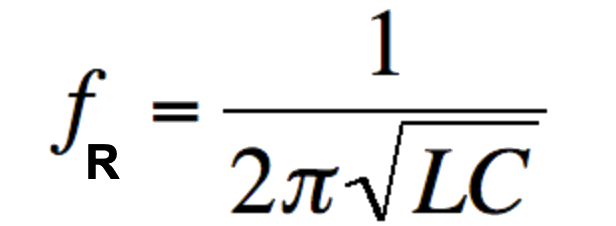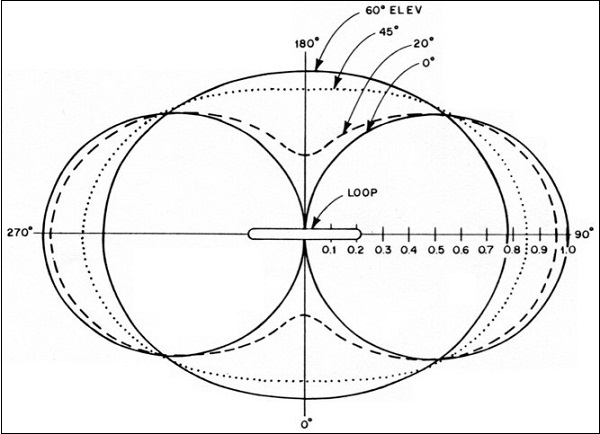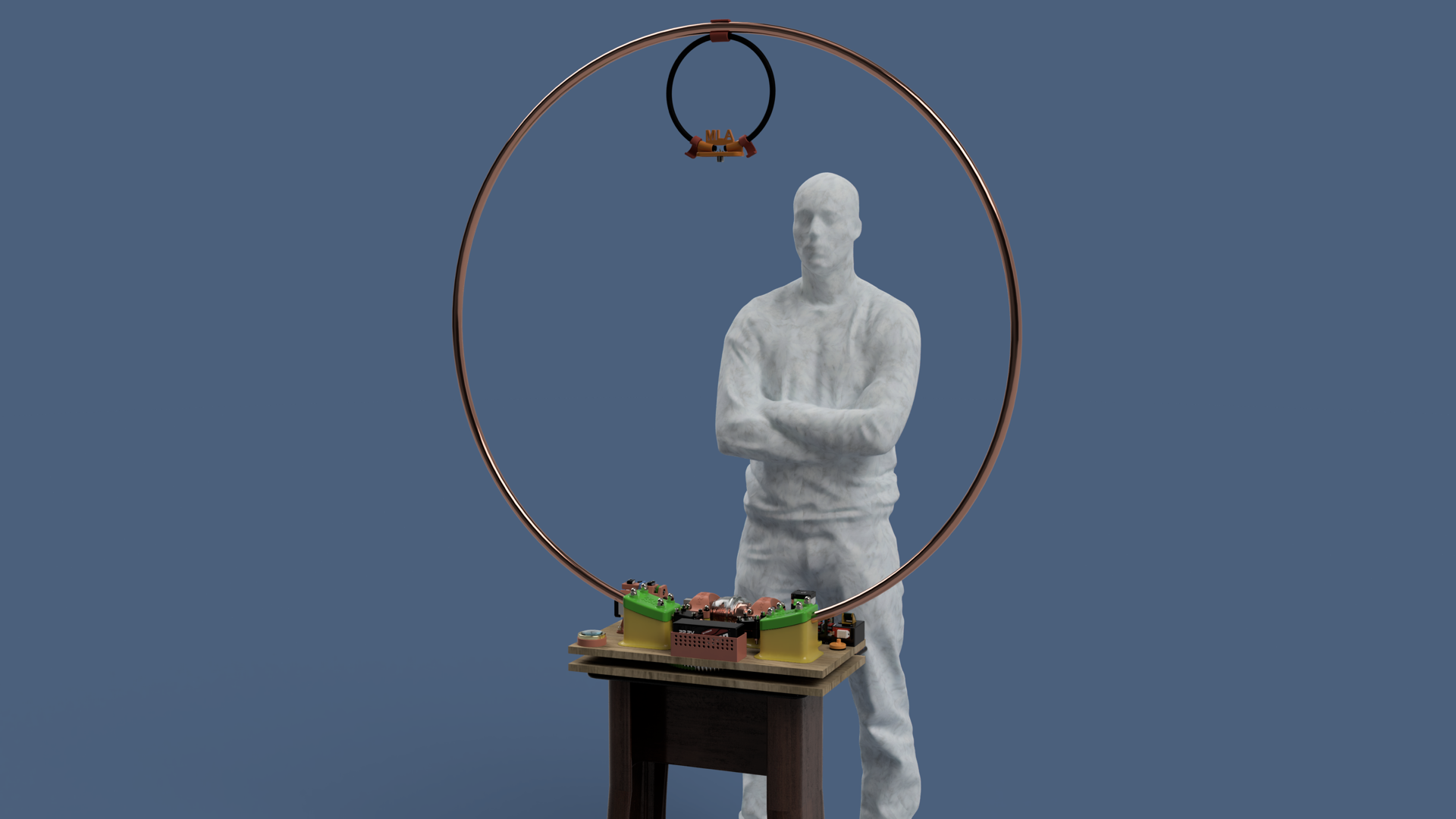A magnetic loop antenna, often referred to simply as a loop antenna, is a type of antenna used for radio communications.
Many amateur radio operators live in environments where space is limited, such as apartments or urban areas with restrictive antenna regulations. Magnetic loop antennas are compact and can be easily set up indoors or on small balconies.
It is characterized by its loop structure, which is typically circular, square, or rectangular, and made of wire or tubing.
Unlike traditional antennas that rely mainly on the electric field for radiation, magnetic loop antennas primarily utilize the magnetic field.

Structure
The antenna consists of an open loop of conductive material (such as copper) with a capacitor connected across its ends.
The size of the loop is typically small compared to the wavelength of the signals it is designed to transmit or receive, usually less than 1/10th of the wavelength.
Resonance
The resonance of a magnetic loop antenna is a crucial aspect of its operation.
Resonance (when the antenna is tuned to a specific frequency where it works most efficiently) occurs when the inductive reactance of the loop and the capacitive reactance of the capacitor cancel each other out, resulting in a purely resistive impedance at a specific frequency.
This resonant frequency is given by the formula:

where L is the inductance of the loop, influenced by its size, and C the capacitance of the capacitor, which in our construction is of the variable vacuum type.
Coupling Loop
In the diagram, you can see a smaller loop called the coupling loop.
The coupling loop is used to transfer the radio frequency signal between the antenna and the radio.
It plays a vital role in both transmitting (TX) and receiving (RX) operations by matching the impedance of the antenna to the radio.
This ensures efficient transmission of signals when broadcasting and optimal reception when listening.
Operation
When an alternating current flows through the main loop, it generates a magnetic field perpendicular to the plane of the loop.
As the current oscillates, this magnetic field varies, creating an electromagnetic wave that radiates away from the antenna.
The coupling loop facilitates the transfer of this current between the main loop and the radio, ensuring efficient transmission and reception.
During reception, the magnetic component of incoming electromagnetic waves induces a current in the main loop.
This current is then transferred through the coupling loop, where it can be amplified and processed by a radio receiver.
Advantages
Size: Magnetic loop antennas are much smaller than traditional antennas for the same frequency, making them ideal for limited space applications.
Directionality: Magnetic loop antennas have a figure-eight radiation pattern, providing some directionality.

This can be useful for reducing interference from unwanted directions.
In comparison, a vertical ground plane antenna has an omnidirectional pattern, radiating equally in all horizontal directions, while a dipole antenna has a bidirectional pattern, radiating more strongly perpendicular to the antenna.
Noise Immunity: Magnetic loop antennas tend to pick up less man-made noise because they primarily respond to magnetic fields rather than electric fields.
Man-made noise is often associated with electric fields, so these antennas can reduce the level of unwanted interference from sources such as household electronics and power lines
Disadvantages
Narrow Bandwidth: Due to their high Q factor, which indicates a high level of selectivity and low losses, magnetic loop antennas have a narrow bandwidth. This means they need to be retuned for different frequencies, which can be inconvenient.
Efficiency: Small loops can be less efficient than larger antennas because they may have higher resistive losses in the loop conductor and connections, and increased losses in the tuning capacitor. These losses can reduce the overall efficiency, especially at lower frequencies where the loop size is much smaller compared to the wavelength.
Final Note
Remember, building and tuning your magnetic loop antenna might feel like trying to catch a rare DX signal with a coat hanger, but once you get it right, you’ll be on air with efficiency and style.
Just think of it as fine-tuning a Stradivarius, except your concert is broadcasted globally.
Happy tinkering, and may your SWR always be low and your signal reports high!

………………..
